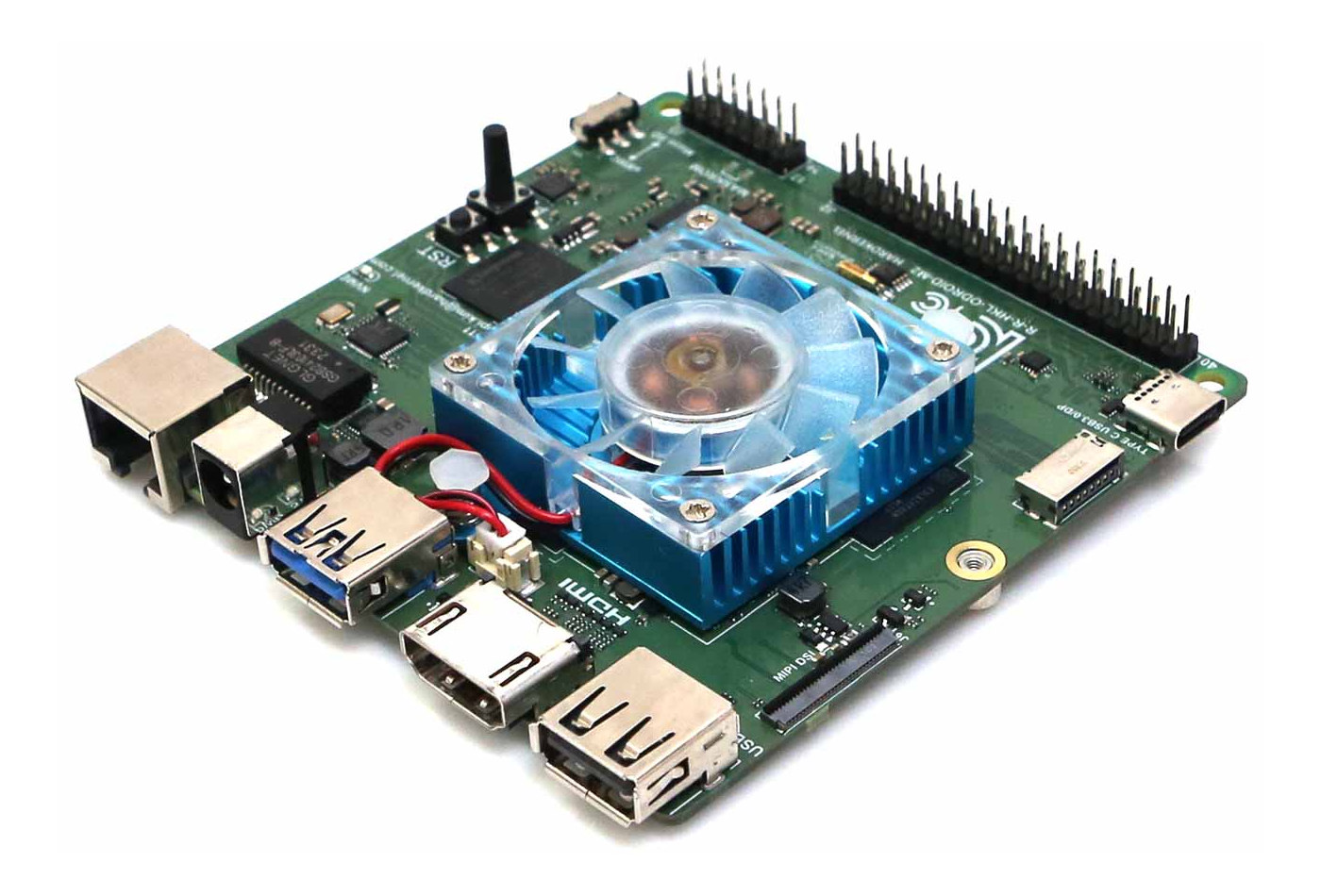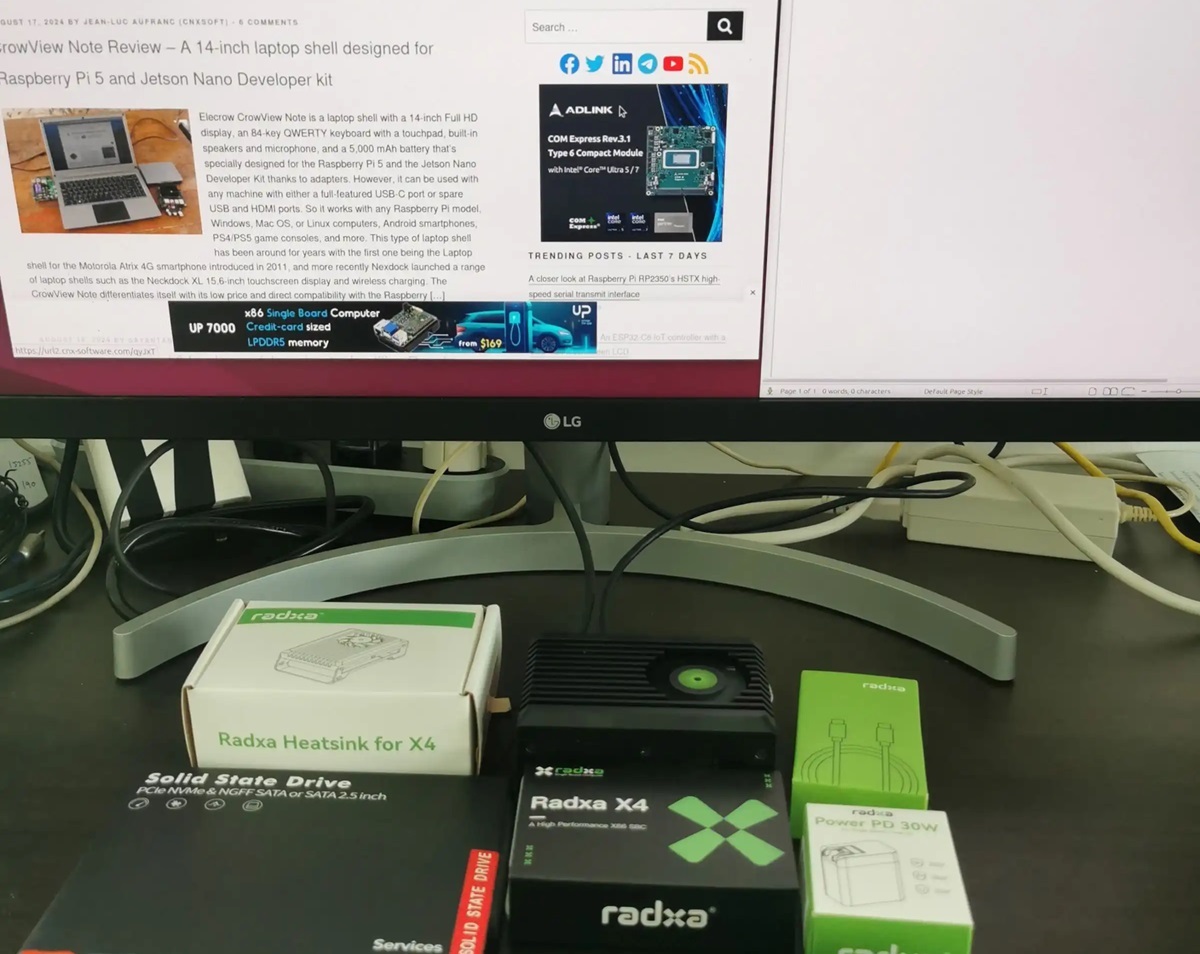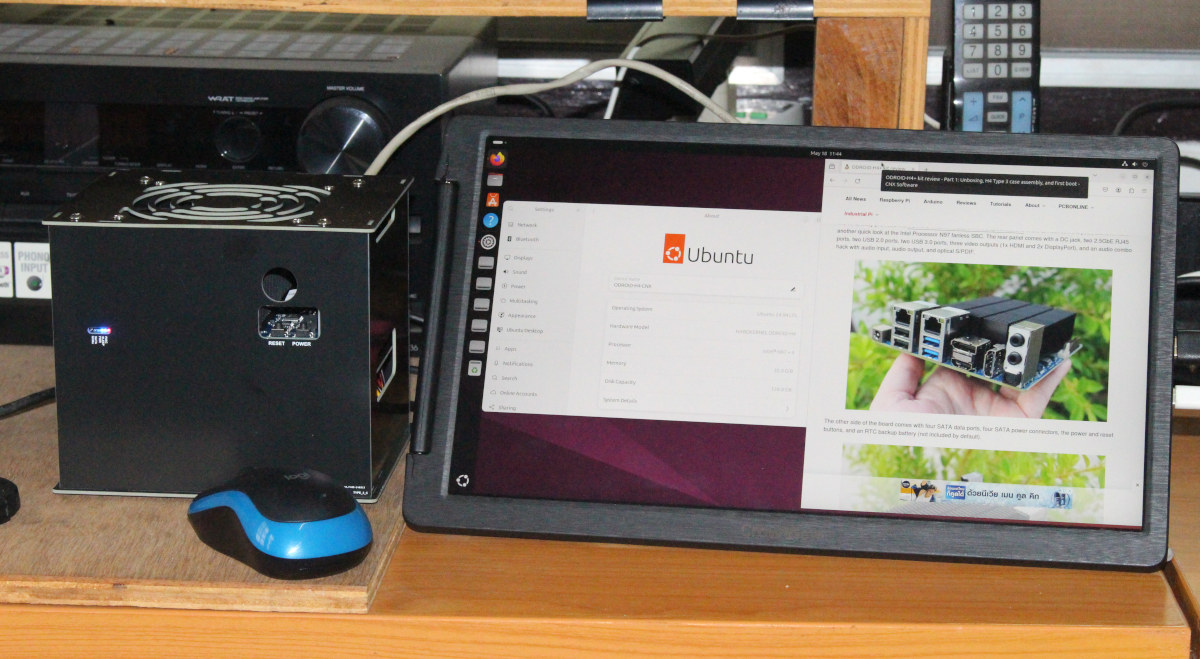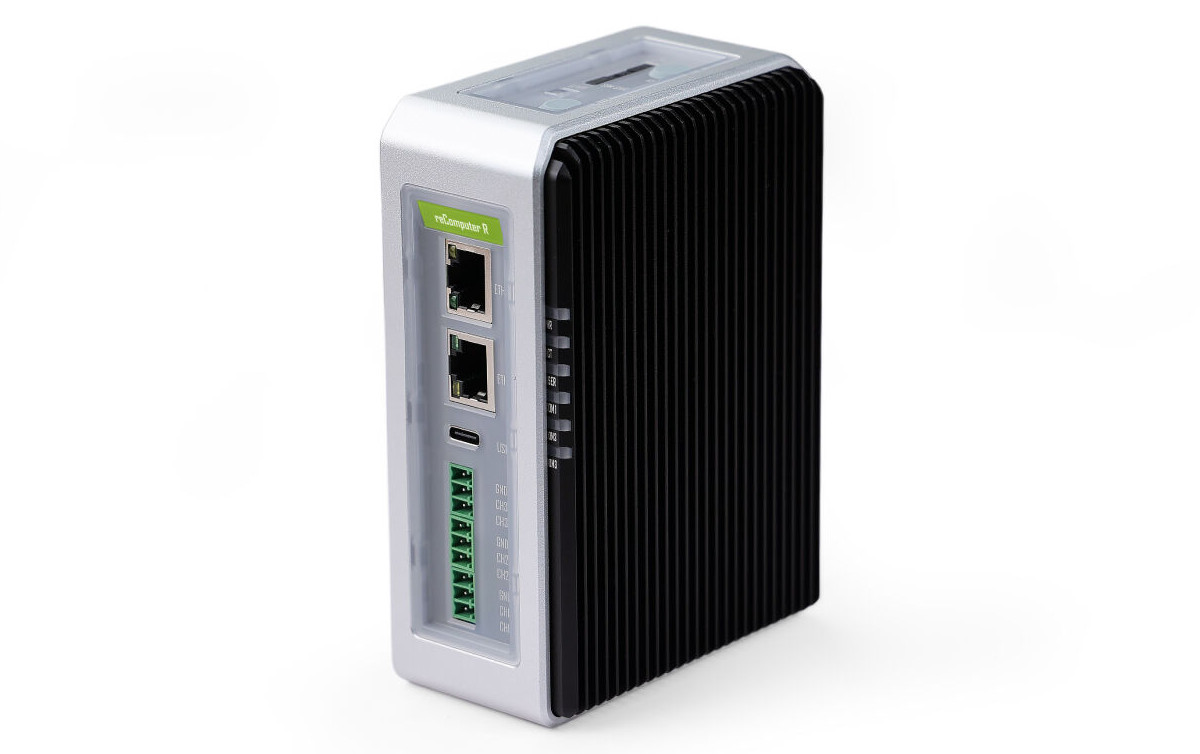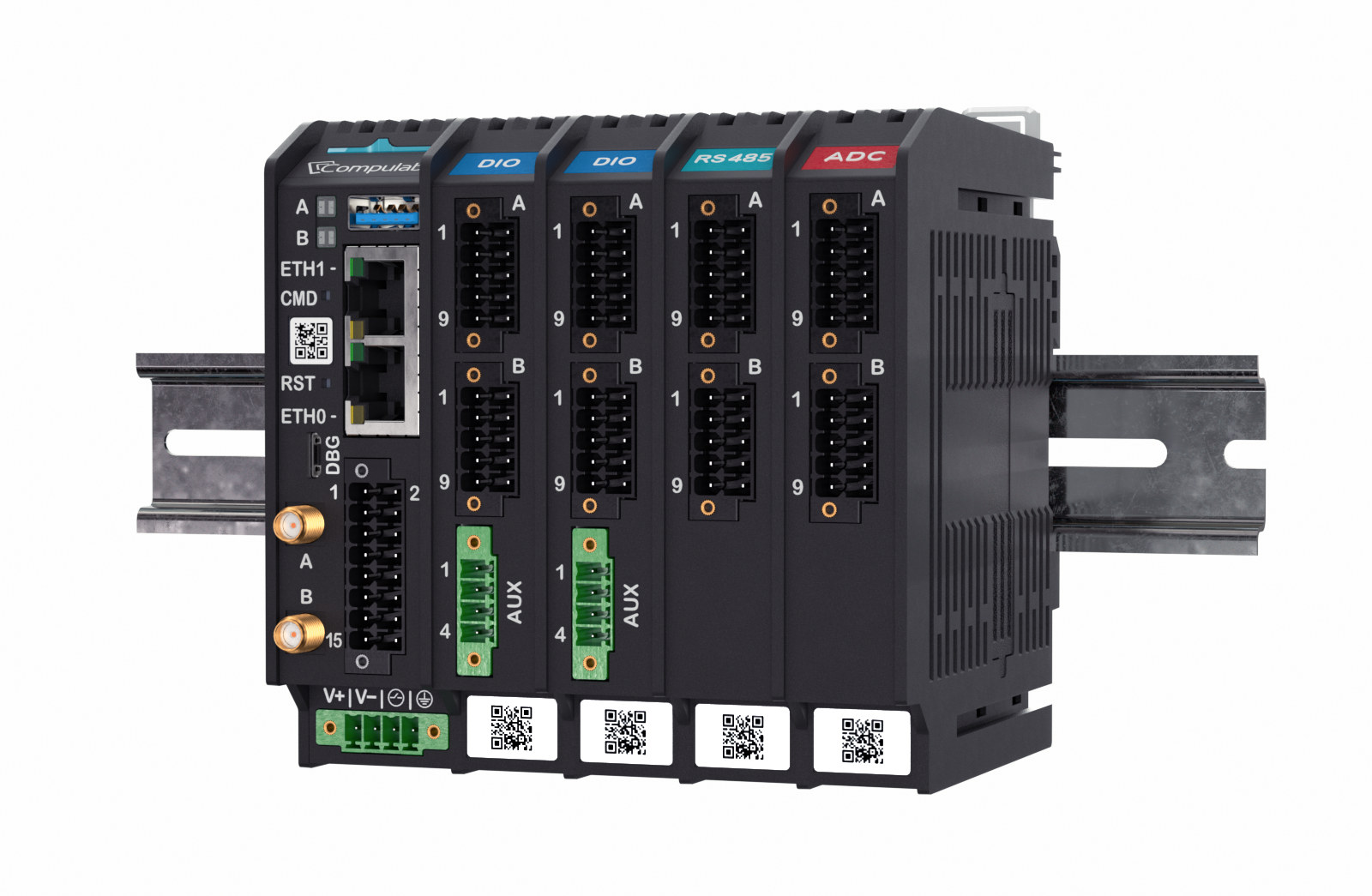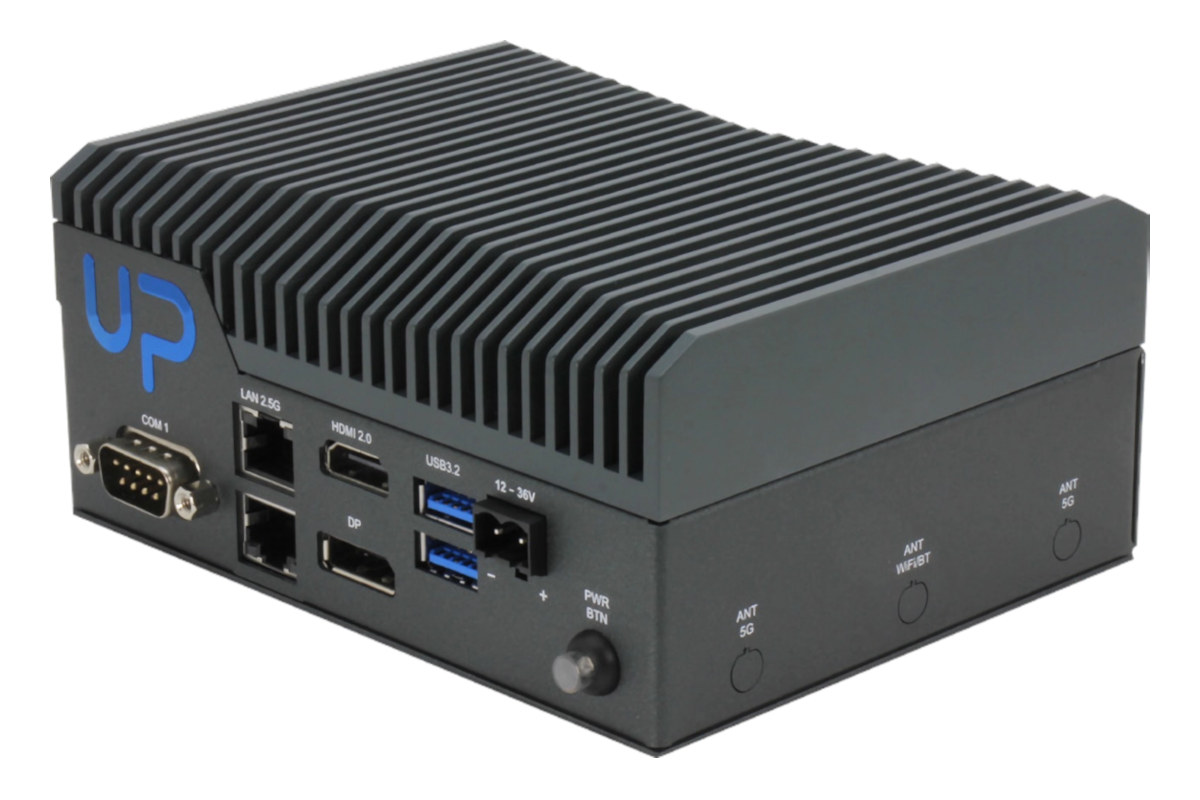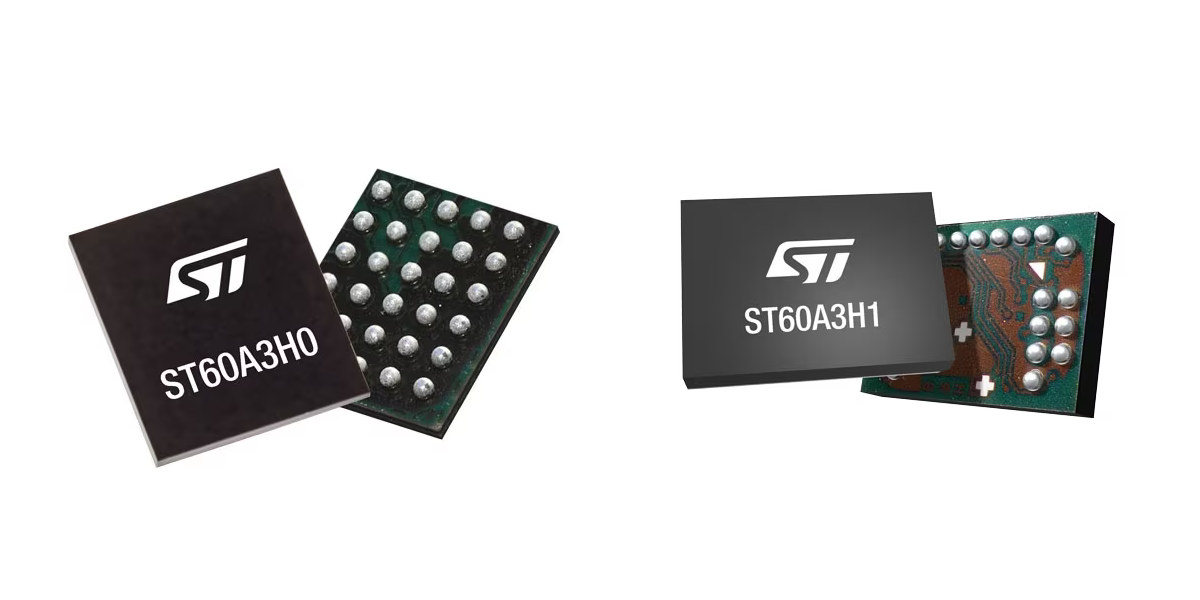Hardkernel has just launched the ODROID-M2 low-profile SBC based on a Rockchip RK3588S2 octa-core Cortex-A76/A55 AI SoC with up to 16GB LPDDR5, 64GB eMMC flash, an M.2 PCIe socket, support for three displays through HDMI, USB-C, and MIPI DSI interfaces, gigabit Ethernet, and more. The ODROID-M2 follows the ODROID-M1 and ODROID-M1S single board computers based on respectively Rockchip RK3568 and RK3566 quad-core Cortex-A55 processors, but a significantly more powerful Rockchip RK3588S2 processor, and a larger 90x90mm form factor to accomodate for extra features and interfaces. ODROID-M2 specifications: SoC – Rockchip RK3588S2 CPU – Octa-core processor with 4x Cortex-A76 cores @ up to 2.3 GHz (+/- 0.1Ghz), 4x Cortex-A55 cores @ up to 1.8 GHz GPU – Arm Mali-G610 MP4 GPU @ 1 GHz compatible with OpenGL ES 3.2, OpenCL 2.2, and Vulkan 1.2 APIs VPU – 8Kp60 video decoder for H.265/AVS2/VP9/H.264/AV1 codecs, 8Kp30 H.265/H.264 video encoder AI accelerator – 6 […]
Radxa X4 SBC kit review – Part 1: Unboxing, case assembly, Ubuntu 24.04 installation
The Radxa X4 is a single-board computer that uses an Intel N100 processor instead of an Arm-based SoC found in most SBCs and also embeds a Raspberry Pi RP2040 microcontroller for GPIO control. What’s interesting is that the Radxa X4 is a small computer board with a similar form factor as the Raspberry Pi 5 SBC, but benefits from the higher performance of Intel “Alder Lake-N” Processor N100 CPU and out-of-the-box compatibility with most operating systems, except for specific features such as GPIOs. The Intel N100 board also comes with a built-in M.2 M-key socket (so no need for an extra HAT) that supports higher speed storage thanks to a PCIe 3.0 x4 interfaces, as well as WiFi 6 connectivity, making the Radxa X4 an interesting option for those looking for a small, capable computer board for home, IoT, or industrial use. The company sent us a full kit with […]
ODROID-H4 Plus review – Part 2: Intel N97 NAS Kit and fanless SBC tested in Ubuntu 24.04
In the first part of the ODROID-H4+ kit review, I checked out the hardware and showed how to install the Intel N97 SBC into the H4 Type 3 case taking up to four 2.5-inch SATA drives. I’ve now had time to test the ODROID-H4 Plus with Ubuntu 24.04 both as an actively cooled NAS kit and a fanless SBC and will report benchmark results, 2.5GbE and storage test results, 4K and 8K YouTube video playback capability, check IBECC memory support, measure power consumption, and more in the second part of the review. Ubuntu 24.04 installation on ODROID-H4 Plus The ODROID-H4 Plus SBC does not come with any preinstalled OS since there’s no storage by default, so I installed Ubuntu 24.04 on the 128GB M.2 NVMe SSD I inserted into the board. The installation went relatively smoothly, but in hindsight, I would have probably installed the OS before installing the SBC […]
Seeed Studio reComputer R1025-10 industrial IoT gateway supports Ethernet, RS485, 4G LTE, LoRa, Zigbee, Wi-Fi, BLE
The reComputer R1025-10 is a Raspberry Pi CM4-based DIN Rail industrial gateway and edge IoT controller designed by Seeed Studio. The company mentions that the R1025-10 is the first module in the reComputer R1000 series and it’s equipped with 4GB RAM and 32GB of eMMC version of the CM4 module. That simply means the company will launch Edge IoT controllers in the series which will host different variants of the CM4 module. The R1025-10 gateway is features rich and includes two Ethernet interfaces, three isolated RS485 interfaces, and a variety of optional wireless modules including 4G, LoRa, Zigbee, or Wi-Fi/BLE. Other features include an HDMI port, two USB Type-A ports, and a USB Type-C 2.0 port. Previously we have covered many Din Rail IoT gateways like the IOT-DIN-IMX8PLUS, Cytron IRIV PiControl, the Robustel EG5101 and EG5200 and many others feel free to check those out if you are looking for […]
NXP i.MX 8M Plus powered DIN-Rail IoT gateway takes DIO, RS232, RS485, and ADC expansion modules
Compulab IOT-DIN-IMX8PLUS is a DIN Rail IoT gateway powered by an NXP i.MX 8M Plus AI SoC that takes various expansion modules with digital inputs and outputs (DIO), RS232, RS485, or ADC. The new model looks to be an evolution of the Compulab IOT-GATE-IMX8PLUS Arm Linux IoT gateway introduced in 2022 with many of the same features, except the IOT-DIN-IMX8PLUS is designed to be installed in a cabinet or other installation with a DIN Rail, and can easily be connected to additional I/O modules. Compulab IOT-DIN-IMX8PLUS specifications: SoC – NXP i.MX 8M Plus Quad or Quad-lite CPU Quad-core Arm Cortex-A53 processor @ up to 1.8 GHz Arm Cortex-M7 real-time core @ 800 MHz GPU – Vivante GC7000UL 3D GPU, Vivante GC520L 2D GPU VPU – 1080p H.265/H.264 video decoder & encoder DSP HiFi 4 DSP AI accelerator – 2.3 TOPS Neural Processing Unit (NPU) on i.MX 8M Plus Quad only […]
UP Squared Pro 710H Edge mini PC combines Processor N97 or Core i3-N305 CPU with 26 TOPS Hailo-8 AI accelerator
AAEON UP Squared Pro 710H Edge is a mini PC with an onboard Hailo-8 edge 26 TOPS AI accelerator and an Intel Processor N97 or Core i3-N305 Alder Lake-N CPU designed for edge AI applications. The fanless Edge AI mini PC comes up to 16GB LPDDR5 soldered-on RAM, up to 128GB eMMC flash, and offers dual 4K video output through HDMI and DisplayPort connector, dual 2.5GbE, optional WiFi and cellular connectivity, two USB 3.2 ports, an RS232/RS422/RS485 COM port, a 40-pin female GPIO header, and a wide 12 to 36V DC input. UP Squared Pro 710H Edge specifications: Alder Lake N-series SoC (one or the other) Intel Processor N97 quad-core processor up to 3.6 GHz with 6MB cache, 24EU Intel UHD Graphics Gen 12 @ 1.2 GHz; TDP: 12W Intel Core i3-N305 octa-core processor up to 3.8 GHz with 6MB cache, 32EU Intel UHD Graphics Gen 12 @ 1.25 GHz; […]
Embedded Open Source Summit 2024 schedule – Embedded Linux, Zephyr OS, and Real-time Linux
The Embedded Open Source Summit 2024 (EOSS 2024) will take place on April 16-18 and the Linux Foundation has already announced the schedule with conference sessions, lightning talks, and birds of a feather (BoF) sessions covering embedded Linux, Zephyr OS, and real-time (RT) Linux. While I won’t be attending in person, I still find it interesting to check out the schedule as we may learn more about the current status of embedded Linux. So I’ve created my own little virtual schedule out of the available talks. Tuesday, April 16 – Day 1, Embedded Open Source Summit 2024 9:05 – 9:45 – No, It’s (Still) Never Too Late to Upstream Your Legacy Linux-Based Platforms by Neil Armstrong, Linaro Nearly 7 years ago, Neil already spoke about this subject in Berlin, and it’s still very true. Do you maintain or used to maintain a Linux-based board or SoC off-tree? Then there are […]
STMicro ST60A3H0 and ST60A3H1 60 GHz transceiver ICs aim to replace USB cables
STMicro ST60A3H0 and ST60A3H1 are short-range 60 GHz transceiver ICs that tunnel eUSB2, I2C, SPI, UART, and GPIO signals and aim to replace USB and other cables in consumer devices such as digital cameras, wearables, portable hard drives, and small gaming terminals. They should also find their way into industrial applications such as rotating machinery where cable use may be challenging. The smaller ST60A3H0 chip provides more flexibility and requires an external antenna, while the ST60A3H1 chip is a fully integrated solution with a built-in linear antenna. Both are capable of USB 2.0 speeds of up to 480 Mbps and support UART, GPIO, and/or I2C signals so they are not limited to USB cables and can be used in a range of applications. ST60A3H0 and ST60A3H1 key features and specifications: 60 GHz V-Band transceiver for short-range contactless connectivity up to 480 Mbit/s eUSB2, UART, GPIO, or I2C RF tunneling Low […]


